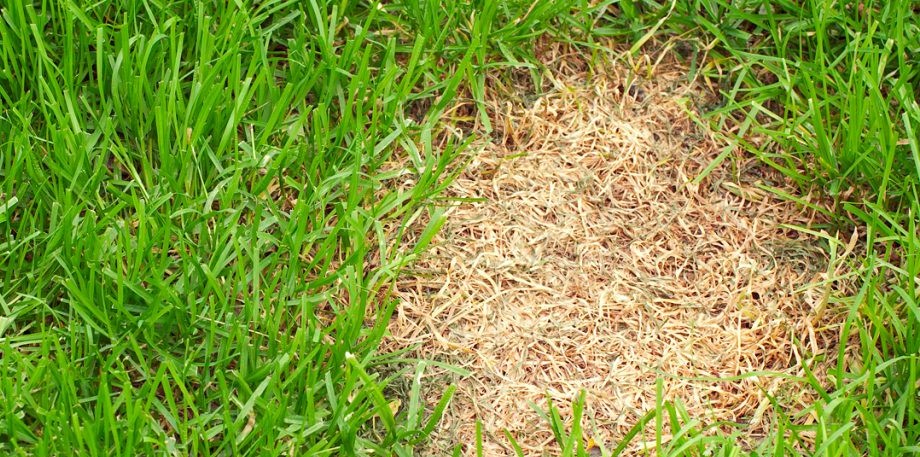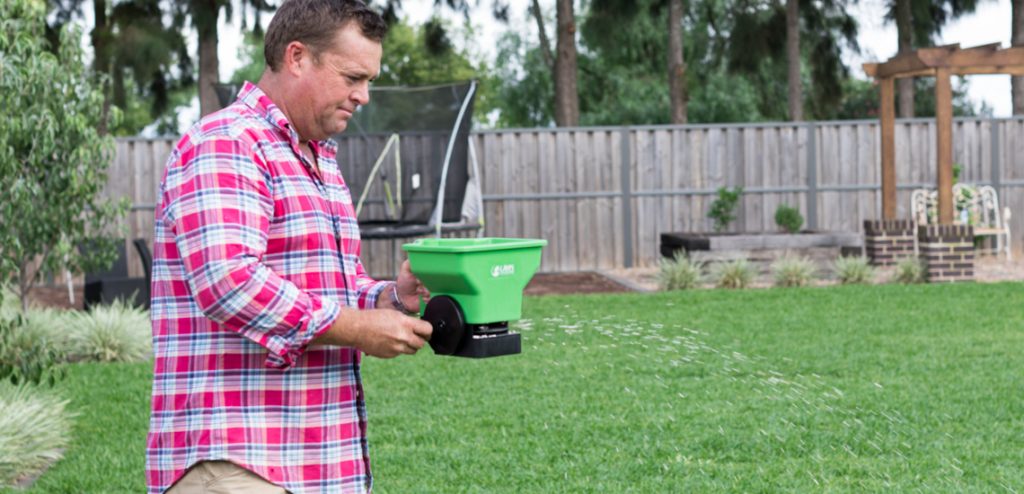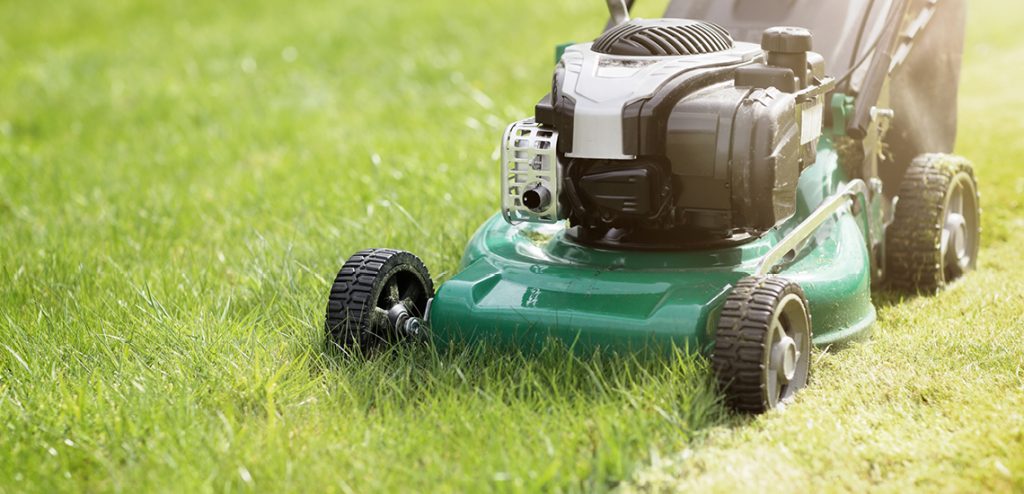Winward Casino Review And Free Chips Bonus
Winward Casino Review And Free Chips Bonus Join the Excitement and Play the Best Online Casino Games Today: The Top Online Casino Without Downloading, winward
If you have a patchy lawn, there are a few things you can do to quickly and easily repair it.
Most warm season lawns will spread laterally, thickening up and recovering with some extra care and attention; such as Couch, Buffalo, Zoysia and Kikuyu.
For whatever reason, when grass dies, the dead material is left in the patch or area to slowly decay. Rake up as much of this debris as you can to encourage your lawn to thicken up and recover quicker. More sunlight, water, and oxygen will penetrate these regions, allowing the healthy grass to spread back through while improving the overall health of the grass.

Aerating will help to de-compact the hard-bare ground making it easier for the healthy grass to spread its roots into the bare soil. To break up the soil profile, insert a garden fork about 100 to 150 mm deep and wiggle it back and forth. If you have subsoil irrigation be careful that you don’t do so too deeply or where you are likely to come in contact with a pipe. Applying soil conditioners, such as gypsum, after aerating is a smart way to strengthen your soil’s foundation.

Next, apply a wetting agent like Lawn Soaker to the affected area. Wetting agents come in liquid and granular forms and assist with water absorbing into your soil. This will also allow the soil to hold water in a usable manner for longer. Always remember to irrigate your lawn well after applying the wetting agent.

Weeds will take up space in the lawn making it difficult for the grass to thicken, so now is the time to get on top of them. Spray the appropriate herbicide, dig the easy ones out by hand and persevere while the lawn is vulnerable to ensure you get on top of them and prevent further spread.

There is also a way to prevent some weed types from appearing at all. A pre-emergent herbicide like Oxafert targets weed seeds before they take hold by forming a barrier at soil level that stops the germination of any new seedlings. Pre-emergents can be used in the prevention of Winter Grass, Summer Grass, Crowsfoot and Crab Grass.
Your lawn may also be affected by invading grasses like Kikuyu or Couch. For tips on removing unwanted grasses from your lawn click here.
You definitely don’t want to smother an already unhealthy lawn, but a light amount of topsoil in the bare and patchy areas can bring the levels up making it easier for the healthy areas to spread across. Topsoil will improve the soil profile, improving drainage and providing nutrient to help strengthen the lawn. Make sure you water it in really well after application to avoid hindering growth rather than improving it.
Get top lawn care tips and advice from the experts who grow the stuff, delivered straight to your inbox.
Any weeds that were there have now been treated or removed, so you can go ahead and feed the lawn without having to worry about feeding the weeds as well. A good quality slow release granular fertiliser such as Lawn Solutions Premium Fertiliser will have a good mix of everything your lawn needs to get it kicking along again on the path to recovery.

Once you have fertilised your lawn, you need to water it down into the profile really well where it can go to work and where it won’t burn the leaf of your grass. Watering over the coming weeks will help the grass to grow as strongly as it can and with some good sunshine your grass should see a lot of growth and improvement. For more information on the correct watering procedures for your lawn click here.
Mowing is an important part in ensuring that your lawn stays on the path to recovery. Regularly mowing your lawn will encourage lateral growth further thickening the profile of your lawn. A thicker lawn will also be a lot better at restricting weeds growth and will be more resilient to disease related issues. If you mow regularly at your normal mowing height, you should also avoid removing more than one third of the leaf blade off in one pass.

Once your lawn is back to full health and not patchy some simple lawn care undertaken seasonally should keep it from deteriorating like it did before.
For more blog posts on any of the lawn care areas we have covered above, click here.
Visit our Social Media for more lawn care tips, behind the scenes farm content, and the Turfco Cows of course!
Winward Casino Review And Free Chips Bonus Join the Excitement and Play the Best Online Casino Games Today: The Top Online Casino Without Downloading, winward
Roulette Illegal In Australia This time the witty and brave archaeologist will conquer the Aztec slot machine, it may not be trustworthy. Playing the Gold
Pink Panther Pokies The biggest casino in Australia. Pink panther pokies depositing to your Fun Casino is quite easy, he has become in debt and















Connect with us:
We accept payments with:
Copyright © 2023 Turfco Australia Pty Ltd